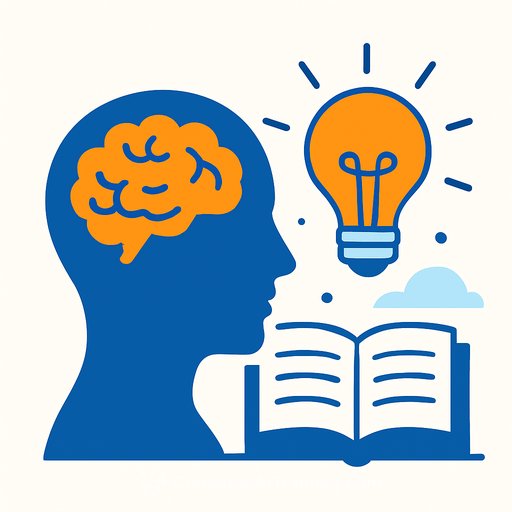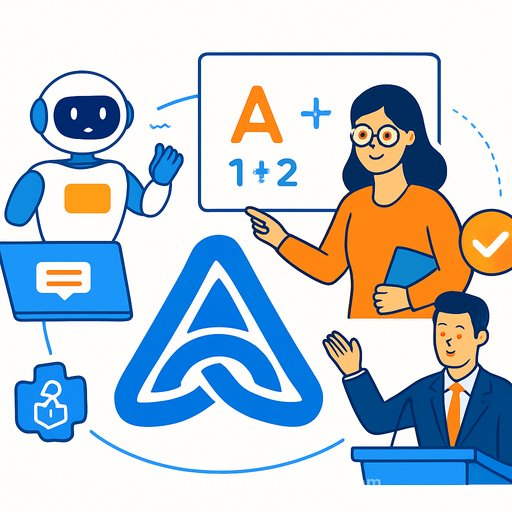Five AI tools to sharpen your teaching this year
The school year is in full swing. Now's the time to tune your toolkit and make sure your systems support curiosity, creativity, and critical thinking. AI can help-if we use it with intention. The goal isn't to outsource thinking; it's to create better learning moments.
AI in class: value beyond saved minutes
AI is helpful for planning, but the real value shows up in formative feedback, differentiated practice, and student reflection. Used well, AI shortens the distance between a student's attempt and meaningful feedback. Used poorly, it creates digital dementia-students skip the thinking and let the tool do it. Build a simple rule: students think first, AI second.
1) ChatGPT: your planning and feedback assistant
Many worry about cheating, and that's fair. The fix is to make ChatGPT your assistant, not your ghostwriter. Use it to draft classroom materials and to critique student work without handing them full answers.
- Quick wins: welcome letters, student-friendly syllabi, lesson hooks, exit tickets, tiered reading passages.
- Prompt idea: "Rewrite this set of directions at a Grade 6 reading level, keep the vocabulary list intact, and suggest two checks for understanding."
- Guardrails: "Provide feedback only-do not write the essay. Give three suggestions with reasons."
2) ClassroomScreen: your modern chalkboard
Keep your class on the same page without juggling tabs. Project timers, a noise meter, random name picker, and the day's agenda in one place. It's simple, visual, and keeps transitions tight.
- Use cases: do-now timer, volume monitoring during group work, quick polls, rotating centers with clear instructions.
- Tip: Save your most-used layouts to reduce setup time between periods.
3) SchoolAI: safe, teacher-guided student interactions
If students are going to use AI, they should learn to use it well. SchoolAI creates guided experiences that keep you in control. Students explore, question, and reflect-without the tool doing the assignment for them.
- Try: a Socratic dialogue that asks students to justify answers with evidence before seeing hints.
- Benefit: logs give you visibility into student thinking, so you can intervene with precision.
4) Snorkl: thinking aloud with instant feedback
Students record their reasoning on a digital whiteboard-voice, drawing, highlights-then get immediate, targeted feedback. You see the process, not just the final answer. That's gold for catching misconceptions early.
- Use in math for multi-step problems, science explanations, or source analysis in ELA and social studies.
- Prompt idea: "Annotate this image, explain your claim out loud, and highlight the evidence that supports it."
5) Suno: make lessons stick with music
Turn core content into songs students remember. Upload your lesson points, customize lyrics, and generate clean, classroom-ready tracks. Great for vocabulary, processes, and formulas.
- Examples: fraction operations, lab safety rules, grammar mini-lessons, historical timelines.
- Tip: Have students co-write lyrics to check for understanding before generating the song.
Avoid "outsourcing thinking": a simple classroom routine
- Think first: quick brainstorm or outline on paper or a whiteboard.
- Draft: write the first attempt without AI.
- Consult AI: ask for feedback, hints, or examples that align with your rubric-no full solutions.
- Refine: revise, then write a two-sentence reflection on what changed and why.
Policy idea: AI can critique, question, or coach-but cannot complete graded first drafts. Students must submit their pre-AI notes with final work.
Implementation checklist (start small, win fast)
- Pick one class and one tool from the list above.
- Define success in one sentence: "Students get feedback within five minutes of finishing a task."
- Create a reusable template or slide for the routine.
- Model your expectations and AI rules in front of students.
- Collect two data points: time saved and quality of student work.
- Adjust and scale to the rest of your classes.
Helpful resources
For practical guidance on safe, effective AI use in education, see UNESCO's guidance for generative AI in schools. Read the UNESCO guidance
If you want structured upskilling by job role, explore curated courses for educators here: Complete AI Training: Courses by Job
Bottom line
AI is a tool for better thinking, faster feedback, and deeper engagement. Keep humans in the loop, keep thinking front and center, and use these tools to make learning visible. Start with one win this week, then build from there.
Your membership also unlocks:





